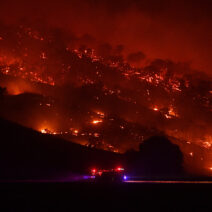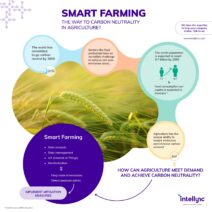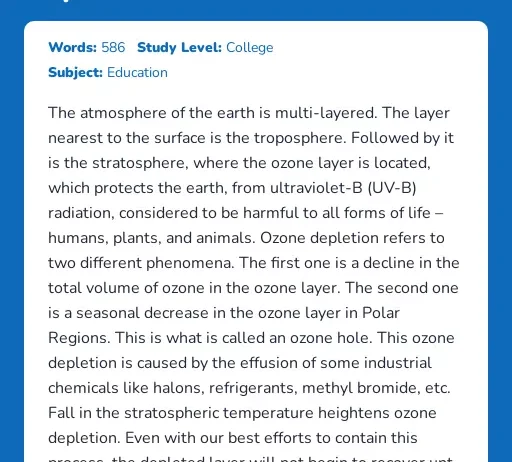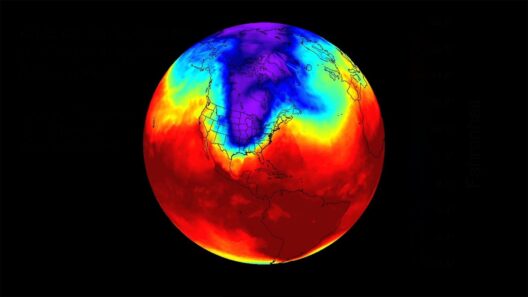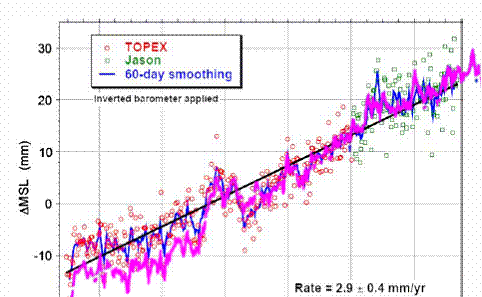In the ongoing discourse surrounding climate change, two critical atmospheric constituents often arise: carbon dioxide (CO2) and ozone (O3). Understanding their respective impacts on global warming is essential for crafting informed environmental policies and educating the public. This article provides a scientific breakdown of their roles, mechanisms, and ramifications in the context of global warming.
To commence, it is vital to delineate the fundamental differences between CO2 and ozone. Carbon dioxide is a greenhouse gas emitted through various natural and anthropogenic processes, predominantly from the combustion of fossil fuels, deforestation, and certain industrial activities. Ozone, conversely, is not directly emitted; rather, it forms in the Earth’s atmosphere through the photochemical reaction between sunlight and pollutants, notably volatile organic compounds (VOCs) and nitrogen oxides (NOx).
The greenhouse effect, which is primarily associated with CO2, occurs when the gas traps heat in the Earth’s atmosphere. This phenomenon is pivotal for life as we know it; nonetheless, human-induced elevation of CO2 levels has led to unsettling imbalances. Scientific evidence underscores that CO2 can remain in the atmosphere for centuries, continually contributing to the greenhouse effect. With current concentrations surpassing 400 parts per million (ppm), the implications for climate stability are dire.
Ozone, while crucial for shielding life from harmful ultraviolet radiation in the stratosphere, exhibits a dual nature when considered at ground level. Tropospheric ozone is a significant greenhouse gas that adversely affects air quality and human health. Its warming potential is substantial, with studies suggesting that its global warming potential (GWP) is approximately 2-4 times that of CO2 over a 100-year period. This discrepancy arises because ozone is less abundant and has a shorter atmospheric lifespan, yet its potency in trapping heat renders it an impactful player in the climate crisis.
Examining their respective impacts necessitates a closer look at each compound’s Global Warming Potential (GWP). GWP is a metric that compares the capacity of greenhouse gases to trap heat in the atmosphere relative to CO2 over a specified timeframe, typically 100 years. It is evident that while CO2 is the primary contributor to long-term warming trends, ozone’s GWP highlights the immediate yet transient challenges posed by this molecule.
One factor complicating the comparison of CO2 and ozone is the atmospheric lifetime of each gas. CO2 can persist for hundreds of years, contributing to a cumulative effect on warming. In contrast, ozone’s formation is episodic and, as previously stated, short-lived, generally dissipating in days to weeks. This characteristic means that while its immediate warming impact can appear significant, it is mitigated over time, contrasting sharply with the lasting effects of rising CO2 levels.
Furthermore, the interactions between CO2 and ozone are multifaceted. Increased CO2 concentrations can lead to changes in temperature, subsequently affecting ozone formation. Warmer air tends to accelerate reactions leading to higher ozone levels, particularly in urban environments. Thus, addressing CO2 emissions not only mitigates long-term warming but can also influence the levels of ground-level ozone, potentially ameliorating air quality issues.
When analyzing the regional impacts, comprehension of their different roles becomes paramount. For instance, in urban settings where pollution is prevalent, ozone levels can spike due to the interaction of sunlight with emitted pollutants. Here, the localized warming effect from ozone becomes particularly pronounced. Moreover, its role as a secondary pollutant can intensify heat waves, exacerbating regional climate patterns.
All this data illustrates a fundamental conclusion: while CO2 is the predominant driver of long-term climate change, ozone’s role as a potent greenhouse gas is non-negligible, particularly in the short term. Policymakers and scientists alike must navigate the intricate web of these emissions comprehensively, ensuring that efforts to curb climate change encompass both CO2 and ozone concentrations.
In mitigation strategies, reducing CO2 emissions remains paramount, yet tackling ozone precursors—such as VOCs and NOx—can yield immediate benefits. Implementing stricter regulations on emissions from vehicles and industries can simultaneously lower CO2 and ozone levels, allowing for a dual approach to climate and air quality improvement.
Public awareness and engagement are also critical in addressing these atmospheric challenges. Educating communities about the sources and impacts of both CO2 and ozone can foster a more informed populace that supports sustainable practices and policies. Expanding public understanding helps demystify the complexity of atmospheric science and reinforces the importance of collective responsibility.
Ultimately, while the overarching narrative of climate change often centers on CO2, the importance of ozone as a climatically relevant compound cannot be dismissed. Each possesses unique properties and challenges, with CO2 serving as the long-term affecter and ozone acting as a potent but ephemeral player in the warming landscape. Navigating constructive paths forward necessitates integrated strategies that appreciate the roles of both gases in the intricate framework of Earth’s climate system.
In conclusion, addressing the climate crisis requires a nuanced understanding of the atmospheric constituents at play. A holistic approach that tackles both carbon dioxide and ozone, through progressive policies and enhanced public knowledge, is essential for fostering a sustainable future for our planet. Only through awareness and action can we hope to safeguard our environment and ensure the well-being of future generations.

